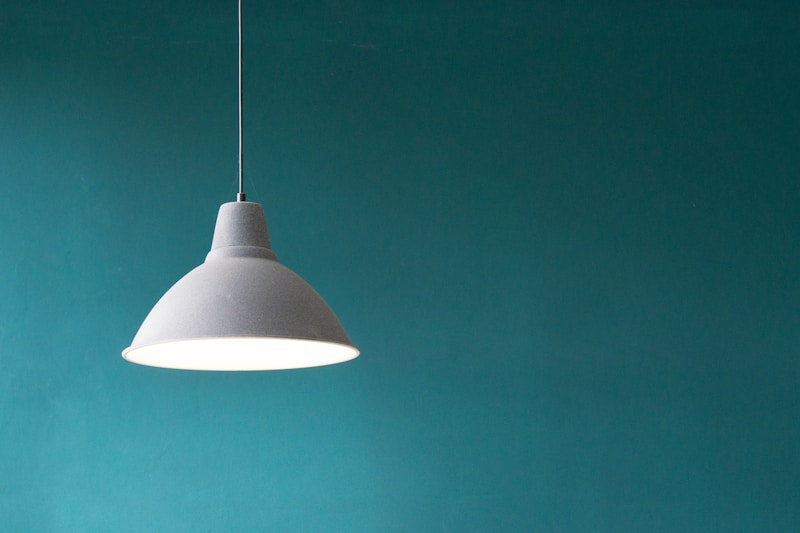Balancing Classic and Contemporary Elements: A Guide to Timeless Design
Introduction
In the ever-evolving world of design, the challenge of balancing classic and contemporary elements has become increasingly significant. This balance not only speaks to personal aesthetics but also influences functionality and the overall ambiance of a space. Whether in architecture, interior design, fashion, or graphic design, understanding how to integrate these two styles can transform an ordinary project into an extraordinary one.
Understanding Classic and Contemporary Design
Classic design refers to styles that have stood the test of time, often characterized by their elegance, symmetry, and traditional craftsmanship. Think of iconic architectural styles like Victorian and Georgian, or timeless interior elements such as crown molding and wooden paneling.
In contrast, contemporary design is more fluid and reflects current trends and materials. It often favors clean lines, open spaces, and innovative uses of technology. Contemporary design is not static; rather, it adapts to the tastes and needs of each era.
Why Balance is Important
Achieving a balance between classic and contemporary elements can create a harmonious environment that pays homage to the past while embracing the present. Such a balance has the potential to appeal to a wider audience, thereby increasing the marketability of a space or product.
Strategies for Balancing Classic and Contemporary Elements
1. Color Palette Selection
Choosing a cohesive color palette is essential when blending classic and contemporary designs. Classic designs often utilize rich, deep colors, while contemporary styles favor lighter, neutral tones. A mixed color scheme that incorporates deep hues as accent colors can create a sophisticated space.
| Classic Colors | Contemporary Colors | Balanced Approach |
| Deep Reds | Soft Grays | Accent with Burgundy |
| Royal Blues | Warm Whites | Introduce Navy as an Accent |
| Rich Greens | Earthy Tones | Use Olive as a Base |
2. Furniture Choices
When selecting furniture, consider mixing classic pieces (like a Chesterfield sofa) with contemporary items (such as a minimalist coffee table). This technique helps create visual interest and also provides functional versatility.
3. Architectural Features
Incorporate classic architectural features such as moldings and ornamental cornices but pair them with contemporary elements like large, open spaces and expansive windows. This juxtaposition can serve to highlight individual aspects of both styles.
Case Studies: Successful Integrations
Numerous designers have created stunning projects that showcase the successful balance of classic and contemporary elements, each telling a different story through the marriage of these styles.
Matthew's Historic Renovation
Matthew, a renowned interior designer in New York, successfully renovated a historic brownstone while incorporating minimalist structural updates. Retaining ornate original woodwork and pairing it with modular furniture made for a striking contrast, successfully showcasing how a space can honor its heritage while embracing contemporary lifestyle aesthetics.

Ella’s Eclectic Boutique
In London, Ella opened a boutique combining classic Parisian decor with contemporary art installations. Bold, modern artwork hanging against a backdrop of vintage wallpaper breathes new life into the timeless design, successfully attracting a diverse clientele.
Common Mistakes to Avoid
While striving for this balance, certain pitfalls should be evaded. Here are a few:
- Overcrowding the Space: Mixing too many styles can lead to chaos rather than cohesion.
- Ignoring Scale: Ensure that the size of furniture fits well within the chosen design scheme.
- Neglecting Functionality: Aesthetics should never compromise practicality.
FAQs about Balancing Classic and Contemporary Elements
1. Can I mix different styles within my home?
Absolutely! Mixing styles can add depth and character, but it's essential to keep a common thread, such as color or texture, running throughout. Establish a unifying element that ties the spaces together.
2. How do I ensure that my design doesn't feel outdated?
Updating certain components regularly, such as accessories or artwork, while maintaining sturdy classic elements can keep your space feeling fresh and contemporary.
3. What's the best way to start incorporating new styles into my home?
Start with small changes. Introduce contemporary elements gradually, such as adding modern accessories to a classic room, and see how it makes you feel. This allows you to maintain a balanced environment while experimenting with different styles.
Summary and Suggestions
In conclusion, balancing classic and contemporary elements is not just a design challenge; it is an opportunity to create a unique and memorable environment. By carefully selecting color palettes, furniture, and architectural features, one can achieve an inviting space that resonates with timeless elegance and modern flair. Remember to avoid overcrowding and to keep functionality in mind as you blend styles. With these strategies in mind, you can confidently step into the world of balanced design, making choices that reflect both your personality and the rich history of design as a whole.
As you embark on your design journey, consider these tips and pay attention to how various elements interact and coexist. Seek inspiration from various sources, be it historical works, modern trends, or nature itself. Ultimately, the beauty of design lies in its ability to evolve, and by balancing classic and contemporary elements, you are participating in that ongoing journey towards aesthetic excellence.